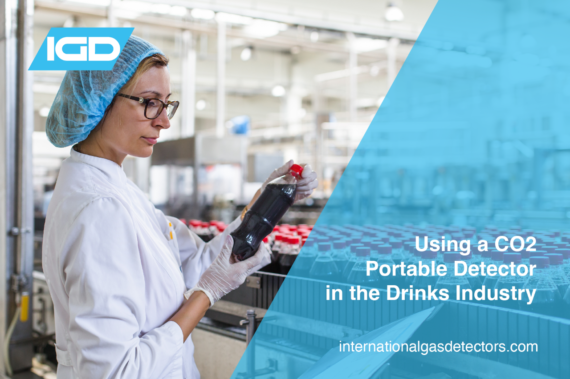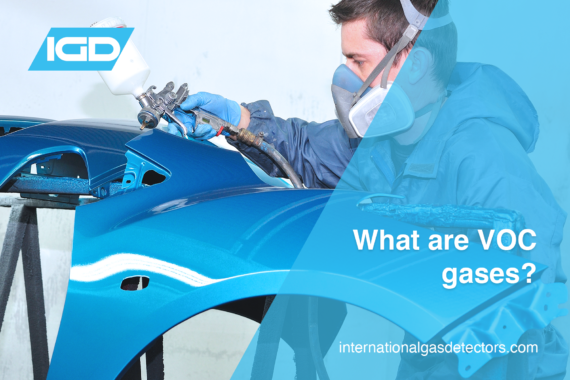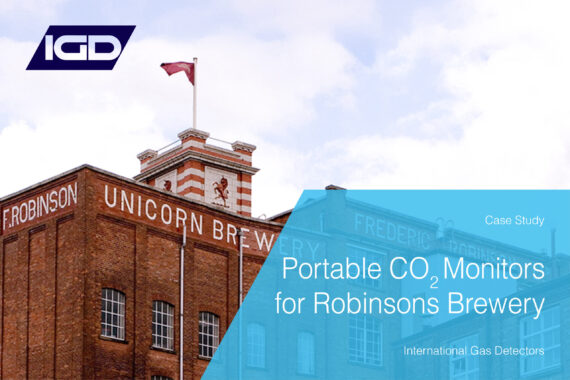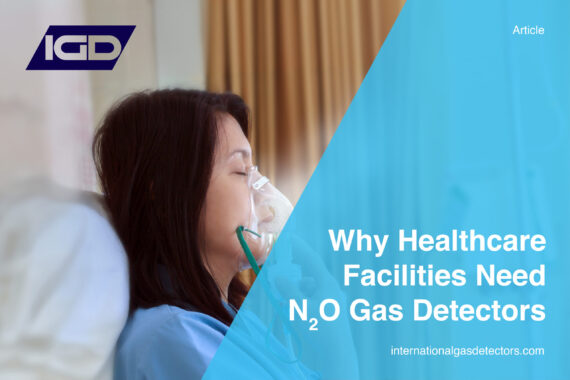CO2 portable detectors are used throughout the drinks industry to provide the first line of defence against CO2 hazards. In this blog post, we’re looking at the different situations where CO2 portable detectors help keep drinks industry workers safe – and why it’s always a good idea to invest in CO2 portable detectors even when you have a fixed detection system in place.
What are VOC Gases?
What are VOC gases? Where are they found? How can I mitigate the Hazards of VOC’s? These are all vital to consider if working around VOC gases, as VOCs are extremely hazardous gases causing a plethora of health issues. This article answers all of these important questions, as well as suggesting detectably better gas detection equipment in order to help mitigate the presence of VOC gases. Read on to find out more.
Portable CO2 Monitors for Robinsons Brewery
Recently IGD won a massive project to supply Robinsons Brewery with iGAS portable CO2 monitors from Senko. Unreliability and complexity of their current devices meant IGD could step in to provide a detectably better solution for Robinsons. We are proud to help a family-run, local brewery such as Robinsons enhance their safety by providing brand new portable CO2 monitors, going above and beyond to help keep their staff safe. Read on below to find out more about how we helped Robinsons to become detectably better in their gas safety.
Why Healthcare Facilities Need Nitrous Oxide Gas Detectors
N2O is very common in the healthcare industry, used for a wide range of different reasons and being one of the most utilised gases in this industry. It is important to understand what this gas is and where it is used, along with what it is used for to understand why and where you need a nitrous oxide gas detector. It is also vital to understand the dangers of N2O, especially if working in the healthcare industry, as there are common misconceptions to just how dangerous this gas can be. This article delves into all of these things as well as the best available nitrous oxide gas detector solution to keep personnel safe. Read on to find out more.




